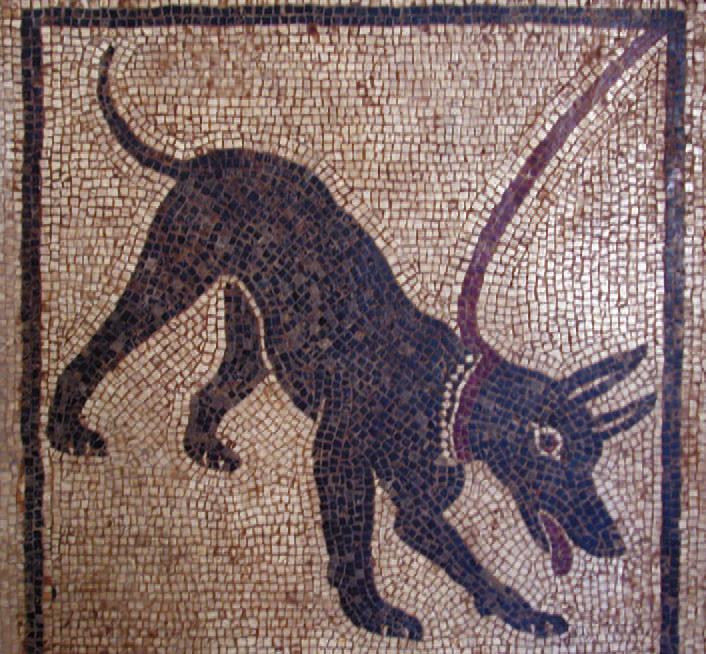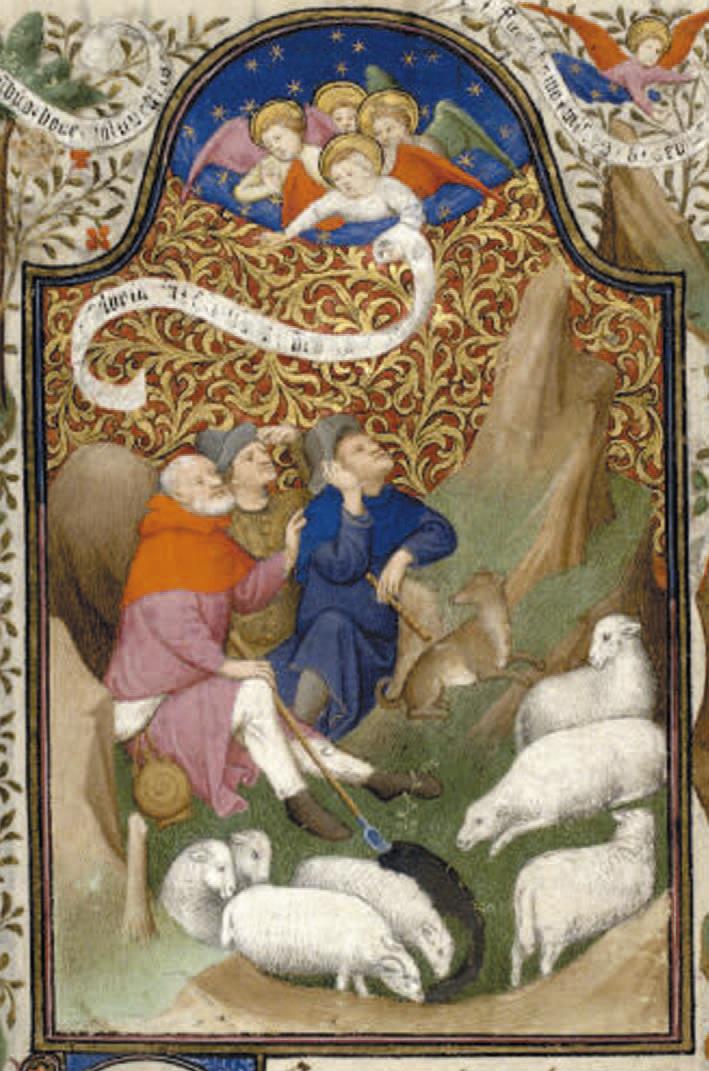Read the whole article and more in the FCI Centenary Book
www.fci.be/onlinecatalogue.aspx
Bernard DENIS, France
Honorary Professor, National Veterinary School, Nantes
Ex-member of the FCI Scientific Commission
Translation: J. Mulholland
The function of waste scavenger is well known today for dogs, especially in big
cities in the Middle East. Remains of human meals, garbage, peelings, carcasses,
excrements etc… disappear thanks to them. It is quite possible that the dog played
this role in the Palaeolithic camps and Neolithic villages. Moreover, the waste
of the Palaeolithic man was no doubt a strong attraction for wild dogs and helps
to explain the long period of commensalism already mentioned.
The protection of persons and belongings, passive or active, can also be recognized
as one of the first utilizations of the dog. Effectively, dogs identify and recognize
the humans with whom they live and hunt and thus consider the latter’s living space
and usual paths as their own territory; if prehistoric dogs were really of a small
build, the defence function was perhaps limited but the alarm function was fully
active.
Lastly, we must discuss the utilization of the dead animal. The eating of dog meat
first comes to mind but, if we do not exclude that there could have been wolf hunts
for the meat, it seems that, once domesticated, it was more interesting to use the
live dog. The use of dogs for meat is only attested in Europe during the Neolithic
period and appears to be late compared to the beginnings of domestication. We do
not know of any archaeological traces of the use of skin or fur but it is obviously
very probable. Also, it is not impossible that the dog fossils found in several
human tombs be the remains of sacrificed victims, thus comforting the ritual function
afore mentioned.
© Wikimedia Commons


Mosaic from Pompeii
All in all, the first utilizations of the Dogs, more or less mingled with the reasons
of domestication itself, are cooperation with Man during the hunt (but one should
perhaps put this in perspective), the spontaneous tendency of women to tame and
socialize orphan puppies and the attraction which human waste exercises on dogs.
To close this chapter, it would be an interesting exercise to take a great step
ahead and ask ourselves what the Latin agronomists and naturalists, whose texts
constitute the foundation of agronomic and zootechnic literature, wrote about the
utilization of the dog. Of course we do not expect the agronomists to evoke the
functions of companion or waste scavenger which, nevertheless, certainly existed.
The dog is primarily considered as the protector of livestock against predators
(essentially wolves) and the guardian of farms and homes. Ideally, they are different
types of dogs, described at length, which accomplish two functions: the guardian
of the farm should scare predators and, consequently, be big and, if possible, black;
the livestock guardian is lighter in build and is preferably white to avoid being
confused with a predator. There is a third category of dogs which is of no interest
to farmers: hunting dogs which have a much finer and elegant morphology than the
others because they have to pursue the game27
In naturalist literature we find that the dog’s loyalty to its master is praised
but also the existence of dogs which are trained and used for fighting in Minor
Asia28. Contrary to what happens with the agronomists, the function of
the hunting dog is privileged29. All in all, in the Roman era, the use
of the dog evolves somewhat but is, above all, refined: the agronomists and naturalists
describe dogs more apt than others to accomplish such and such a task. One perceives,
especially amongst the hunters, the specialisations which will later come about
and which begin to be described in some manuscripts at the end of the Middle Ages30.
CONCLUSION
If cynology, in to-day’s sense of the word, is recent, the relationship which unites
the human and the dog is extremely ancient. The fact that the latter was domesticated
several thousands of years before the species which succeeded it illustrates its
very privileged place close to Man. Nowadays, compared to other domesticated species,
the dog distinguishes itself by an extraordinary variability in morphology and an
unequalled range of possible utilizations. Depending perhaps on predisposed biological
factors, this situation is also the outcome of a very long history. This began with
domestication and some first utilizations, for which we have given the main threads,
as an introduction so to speak to references of the modern history of the dog and
official cynology.
© Wikimedia Commons


« Heure à l’usage de Paris » around 1410-1415
27 We find considerations about the dog in VARRON et COLOMELLE, the latter
being the most precise (work consulted: under the direction of NISARD, M., Les agronomes
latins, Caton, Varron, Columelle, Palladius, avec la traduction en français,
J.J. Dubochet et Cie. Ed., Paris, 1851).
28 PLINE l’ANCIEN, Histoire Naturelle, Livre VIII (Natural History,
Book VIII), Société d’Edition “Les Belles Lettres”, Paris, 1952.
29 According to PLINE l’ANCIEN, « each day experience discovers a thousand
other qualities in the dog, but it is during the hunt that its sense of smell and
skill are best
observed ».
30 In France, one must mention le Livre de la Chasse, by Gaston
PHOEBUS,
written at the end of the XIVth century.